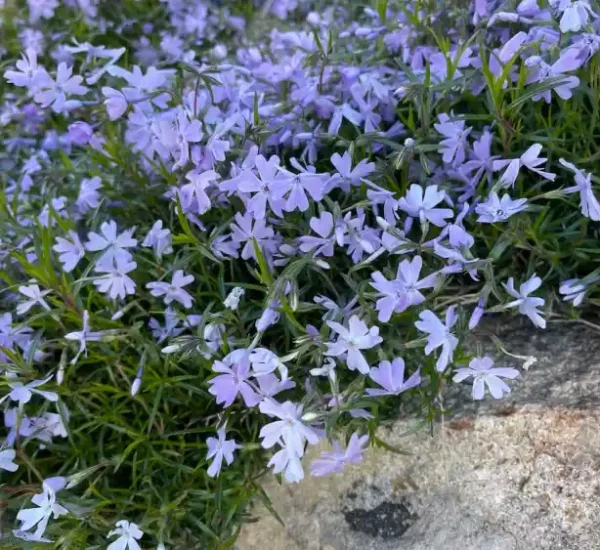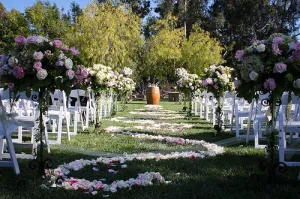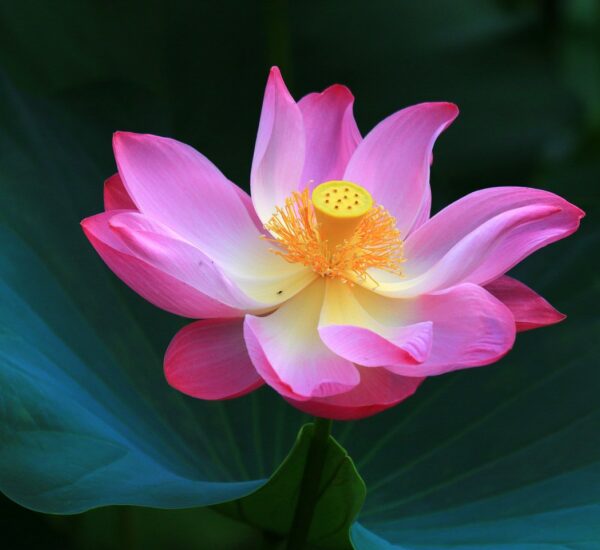The Secret Victorian Era Language of Flowers
Flowers have long held symbolic meanings, and during the Victorian era, they became a means of expressing sentiments and emotions through a silent language of flowers. In this expert guide, we delve into the fascinating world of flower meanings, offering insights into the secret Victorian language of flowers. Our information is gathered from horticultural experts, historical records, and academic research.
The Historical Significance of Flower Meanings
To understand the language of flowers, we must first explore its historical roots and significance.
The Victorian Era Tradition
- Historical Insight: The Victorian era, spanning from the early 19th to the early 20th century, was characterized by strict societal norms. Flowers provided a discreet way to convey feelings and messages, especially in the realm of courtship.
- Reference: Smithsonian Gardens
Flower Meanings from A to Z
In the Victorian language of flowers, each flower had its own meaning, often conveyed through the arrangement of different blooms. Here’s a selection of flowers and their meanings:
A – Acacia
- Meaning: Secret love and friendship.
- Historical Insight: Acacia represented a platonic or secret love, suitable for conveying affection in a subtle way.
B – Blue Violet
- Meaning: Faithfulness.
- Historical Insight: Blue violets symbolized faithfulness and were often exchanged between couples as a sign of their enduring love.
C – Camellia
- Meaning: Admiration and gratitude.
- Historical Insight: The camellia represented admiration and gratitude and was often given to those held in high esteem.
D – Daffodil
- Meaning: New beginnings and rebirth.
- Historical Insight: Daffodils signified new beginnings and were often shared as a symbol of hope and renewal.
E – Eglantine Rose
- Meaning: Love’s messenger.
- Historical Insight: Eglantine roses were considered messengers of love and were given to convey romantic feelings.
F – Forget-Me-Not
- Meaning: True love and memories.
- Historical Insight: Forget-me-nots symbolized true love and the enduring memories shared by loved ones.
G – Gardenia
- Meaning: Secret love.
- Historical Insight: Gardenias represented secret love and were often used to express affection discreetly.
H – Heliotrope
- Meaning: Devotion and eternal love.
- Historical Insight: Heliotrope conveyed devotion and eternal love, often exchanged between couples.
I – Ivy
- Meaning: Fidelity and friendship.
- Historical Insight: Ivy symbolized fidelity and enduring friendship.
J – Jasmine
- Meaning: Sensuality and grace.
- Historical Insight: Jasmine represented sensuality and grace and was given to express attraction.
K – Lily of the Valley
- Meaning: Sweetness and purity.
- Historical Insight: Lily of the Valley conveyed sweetness and purity, often used in bridal bouquets.
L – Lavender
- Meaning: Love and devotion.
- Historical Insight: Lavender was associated with love and devotion and was exchanged to express affection.
M – Marigold
- Meaning: Grief and sorrow.
- Historical Insight: Marigolds were used to convey grief and sorrow, often found in funeral arrangements.
N – Nasturtium
- Meaning: Patriotism and conquest.
- Historical Insight: Nasturtiums symbolized patriotism and the spirit of conquest, often given to those embarking on significant journeys.
O – Orchid
- Meaning: Exotic beauty.
- Historical Insight: Orchids were associated with exotic beauty and were often exchanged to express admiration.
P – Peony
- Meaning: Happy life and good health.
- Historical Insight: Peonies represented a happy life and good health, making them popular in celebrations and well-wishing.
Q – Quince Blossom
- Meaning: Temptation and desire.
- Historical Insight: Quince blossoms symbolized temptation and desire, often exchanged between lovers.
R – Red Tulip
- Meaning: Declaration of love.
- Historical Insight: Red tulips were a bold declaration of love, representing passionate affection.
S – Sunflower
- Meaning: Adoration and loyalty.
- Historical Insight: Sunflowers symbolized adoration and loyalty, often given as tokens of friendship.
T – Thyme
- Meaning: Courage and strength.
- Historical Insight: Thyme represented courage and strength, often exchanged to offer encouragement.
U – Uplandia
- Meaning: Constancy and faith.
- Historical Insight: Uplandia conveyed constancy and faith, making it suitable for expressing trust in relationships.
V – Verbena
- Meaning: Sensibility and enchantment.
- Historical Insight: Verbena represented sensibility and enchantment, often exchanged to convey fascination.
W – Wild Rose
- Meaning: Simplicity and gratitude.
- Historical Insight: Wild roses symbolized simplicity and gratitude, often used to express appreciation.
X – Xeranthemum
- Meaning: Eternity and immortality.
- Historical Insight: Xeranthemum represented eternity and immortality, often found in arrangements for memorial services.
Y – Yarrow
- Meaning: Healing and protection.
- Historical Insight: Yarrow conveyed healing and protection, often shared to wish someone well.
Z – Zinnia
- Meaning: Thoughts of absent friends.
- Historical Insight: Zinnias were associated with thoughts of absent friends and were given to express longing for someone’s presence.
The Language of Flowers in Modern Times
28. The Revival of Floral Symbolism
- Historical Insight: The language of flowers is making a comeback in modern times as people seek unique and meaningful ways to convey sentiments through blooms.
- Reference: The New York Times
Conclusion
The Victorian language of flowers provided a nuanced and elegant way to communicate feelings and emotions. Understanding the meanings of different flowers allows us to appreciate this historical tradition and incorporate it into our modern expressions of affection, gratitude, and sympathy.
Here are 10 frequently asked questions (FAQs) about the secret Victorian era language of flowers and their meanings
What is the language of flowers, and why was it particularly significant during the Victorian era?
How did the Victorians use flowers and their meanings to convey sentiments and emotions, especially in matters of courtship and romance?
Is the language of flowers still relevant today, and do people continue to use specific blooms to express feelings and messages?
Can you provide examples of flowers and their meanings from A to Z, as referenced in the secret Victorian language of flowers?
Were there certain rules or conventions in the language of flowers, such as the specific arrangement of flowers to convey a particular message?
Did the popularity of flowers and their meanings vary across different cultures and regions during the Victorian era?
How can one incorporate the language of flowers into modern occasions and expressions of emotions?
Are there any historical records or texts that provide detailed insights into the Victorian language of flowers?
Were there any particular events or moments in history that significantly contributed to the development of flower symbolism during the Victorian era?
Can you recommend resources or books for those interested in learning more about the language of flowers and its historical significance?
These FAQs should help individuals better understand the fascinating world of flower meanings and their use in the Victorian era.
- Best THC Sodas to Buy in Arkansas - May 28, 2025
- Exploring THC-Infused Sodas in Arkansas - May 28, 2025
- THC Beverages Now Trending in Alabama - May 28, 2025




